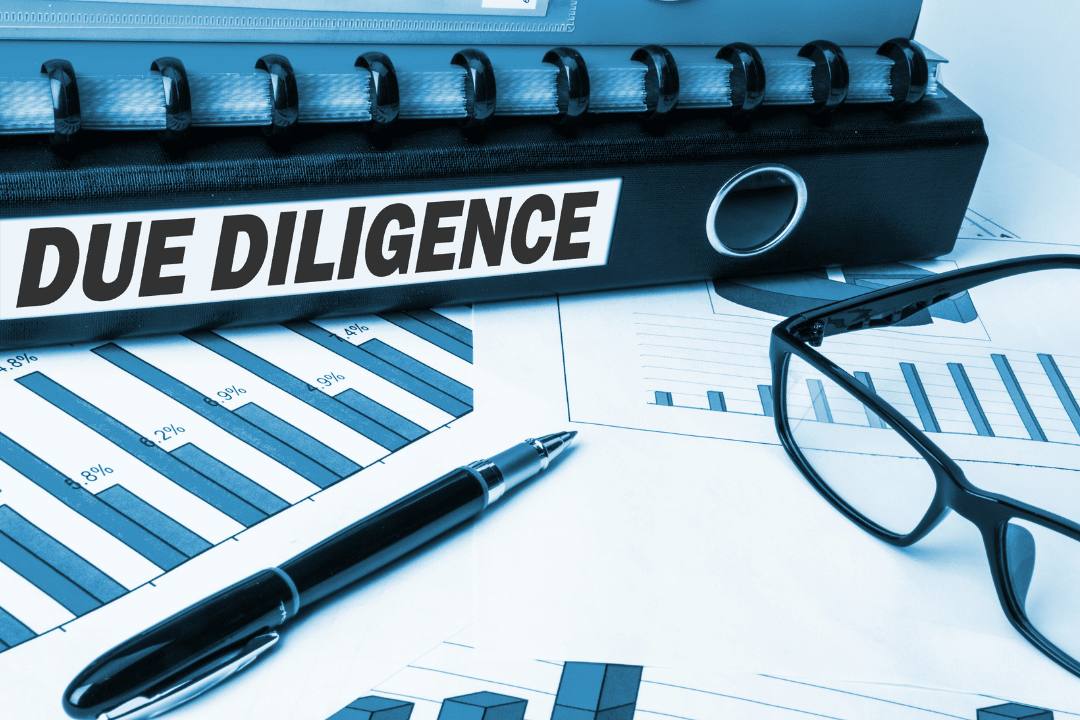-
What is the Best Financial Metric?
If I had to choose a single metric to track the health of a business, that metric would be return on invested capital (ROIC). This […]
-
Time Value of Money
The time value of money is a concept in finance that states that money received in the future is worth less than money received in […]
-
Introduction to Commercial Real Estate Part 5: Financing the Deal
Introduction Real estate is an “other people’s money” (OPM) business, and commercial real estate investors often spend a significant amount of time raising capital for […]
-
Working Capital
Working capital is the difference between a company’s current assets and current liabilities. Working capital is calculated by subtracting current liabilities from current assets. Working […]
-
Introduction to Commercial Real Estate Part 4: Due Diligence
Introduction Due diligence is one of, if not the, most important periods in the real estate investment process. It is during the due diligence phase […]
-
Review of Codie Sanchez’s Main Street Millionaire
I don’t frequently do book reviews, but occasionally a book is published that is so closely aligned with the Fundamental Investing Institute’s mission of educating […]
-
Unearned Revenue
Unearned revenue is a current liability account that represents money collected from customers before goods have been delivered or services have been performed. When a […]
-
Treasury Stock
Treasury stock represents stock shares that a company had issued and then later repurchased. Treasury stock reduces the number of shares a company has outstanding. […]
-
Subsidiary Company
A subsidiary company is a company that is majority owned by another entity. The entity which owns the subsidiary company is called the parent company. […]
-
Straight-Line Depreciation
Straight-line depreciation is a method for calculating yearly depreciation expense for a long-lived fixed asset where an equal amount of depreciation is recognized each year […]
NEW: Lectures on a variety of financial management, business strategy, and economic subjects for business owners, aspiring entrepreneurs, and investors.




